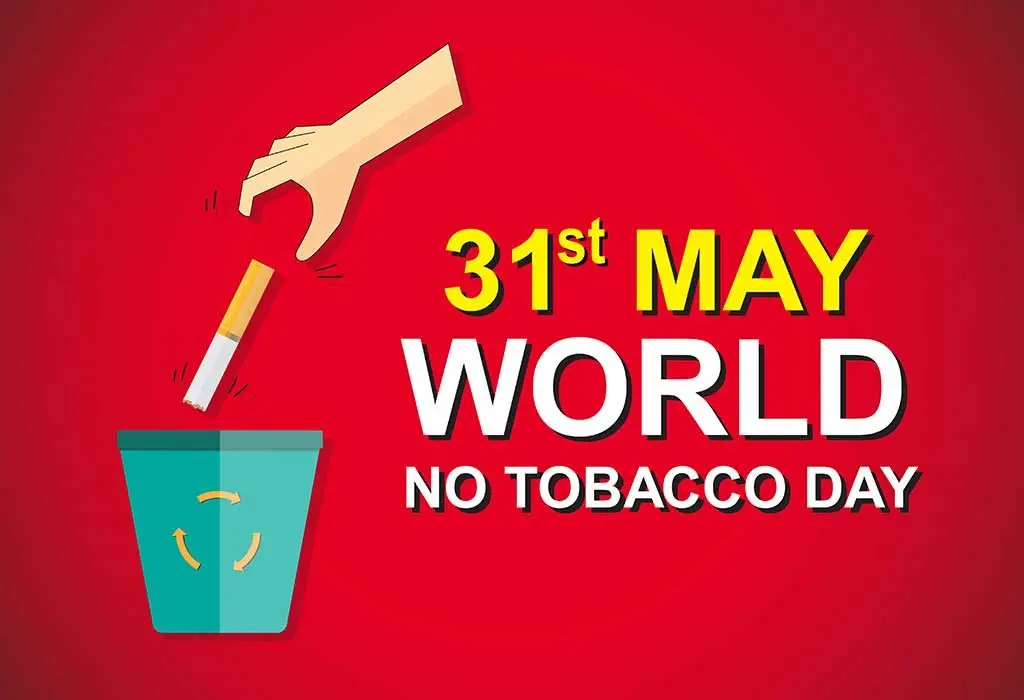The Toll of Tobacco Use
World No Tobacco Day, observed on May 31 each year, highlights the severe health impacts of tobacco use. According to the World Health Organization (WHO), tobacco kills more than 8 million people annually, including 7 million deaths directly from tobacco use and around 1.3 million from second-hand smoke exposure. These alarming statistics reflect tobacco’s extensive reach, harming both users and non-users alike.
The Global Impact
Tobacco use remains a leading cause of death, illness, and impoverishment worldwide. Notably, about 80% of the world’s 1.3 billion tobacco users reside in low- and middle-income countries. In these regions, tobacco use exacerbates poverty by diverting household spending from essentials to tobacco products. The economic burden includes healthcare costs for treating tobacco-related diseases and the loss of human capital.
Efforts to Combat the Tobacco Epidemic
In response to the tobacco crisis, WHO Member States adopted the WHO Framework Convention on Tobacco Control (WHO FCTC) in 2003. This treaty aims to reduce tobacco demand and supply, with 182 countries currently parties to it. The WHO MPOWER measures, aligned with the WHO FCTC, include monitoring tobacco use, protecting people from tobacco smoke, offering help to quit, warning about tobacco dangers, enforcing advertising bans, and raising taxes on tobacco. These measures save lives and reduce healthcare costs.
Importance of Surveillance and Protection
Effective surveillance is crucial for understanding the tobacco epidemic and tailoring policies. Nearly half of the world’s population is regularly surveyed about their tobacco use, providing valuable data for public health initiatives. Protecting people from second-hand smoke is another critical measure. Second-hand smoke causes cardiovascular and respiratory diseases, including heart disease and lung cancer, and kills around 1.3 million people annually. Comprehensive smoke-free laws in over 74 countries help protect a quarter of the global population.
Supporting Tobacco Users to Quit
Dr. Arindam Mukherjee, a pulmonologist at Apollo Multispeciality Hospitals Kolkata, emphasizes the importance of supporting tobacco users to quit. Counseling and medication can significantly increase the chances of successful quitting. However, comprehensive cessation services are available in only 32 countries, covering roughly a third of the world’s population. Pictorial health warnings and mass media campaigns also play crucial roles in preventing tobacco use and encouraging cessation.
The Situation in India
In India, the urgency of anti-tobacco initiatives is evident. According to the Global Adult Tobacco Survey (GATS) conducted in 2016–17, 28.6% of Indian adults consume tobacco, with 42.4% of men and 14.2% of women using either smoked or smokeless forms. This high prevalence underscores the need for comprehensive measures to address tobacco use in the country.
A Vital Call to Action
World No Tobacco Day serves as a critical call to action against the tobacco epidemic. By implementing and enforcing comprehensive tobacco control measures, countries can save millions of lives and reduce the immense economic burden of tobacco-related diseases. Continued global cooperation and commitment are essential to achieving a tobacco-free world.









